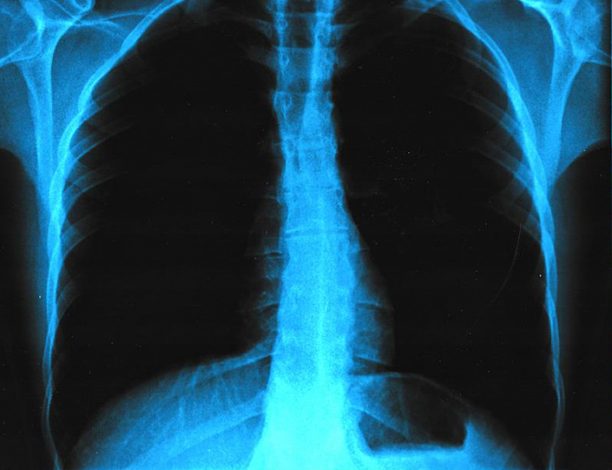Pulmonary thrombosis-on-a-chip provides model of how lungs work

Image: Wikimedia Commons
Numerous patients died every year from blood clots in the lungs. Anticoagulant drugs treat clots, but it is often not clear what class of drug and what dosage is optimum for the patient without introducing toxic side effects.
Abhishek Jain, an assistant professor in the Department of Biomedical Engineering, is working to shed light into this by developing a new technology called pulmonary thrombosis-on-a-chip.
Jain, in conjunction with collaborators at the Wyss institute at Harvard University, Beth Israel & Deaconess Medical Center at Harvard Medical School, Emulate Inc., and Janssen Pharmaceutical Research and Development, has successfully created the first model of human pulmonary thrombosis in vitro. Their work has been published in Clinical Pharmacology & Therapeutics, a high-impact journal in the field.
“Scientists have methods that are currently in place, but they are either poor models or it simply becomes impossible to visualize what is actually happening within the lung,” Jain said. “To address this problem and to provide a new alternative to the current method for learning new biology, the pulmonary thrombosis-on-a-chip was developed.”
The research being conducted permits physiologically relevant cellular and molecular analysis of vascular inflammation and thrombosis in human lungs, and offers a new method of assessment of medication before giving it to the patient, as well as discovering potential toxicities.
The pulmonary thrombosis-on-a-chip allows whole blood added to the device to study the blood-tissue interactions at an organ-level inside lung alveolus. A future goal of the project is to include the motion of lung expansion and relaxation due to breathing, as well as incorporation of patient-specific cells using the human-induced pluripotent cells. This would in turn allow for reconstitution of more complex lung physiology and lead to personalized assessment of drug candidates.

